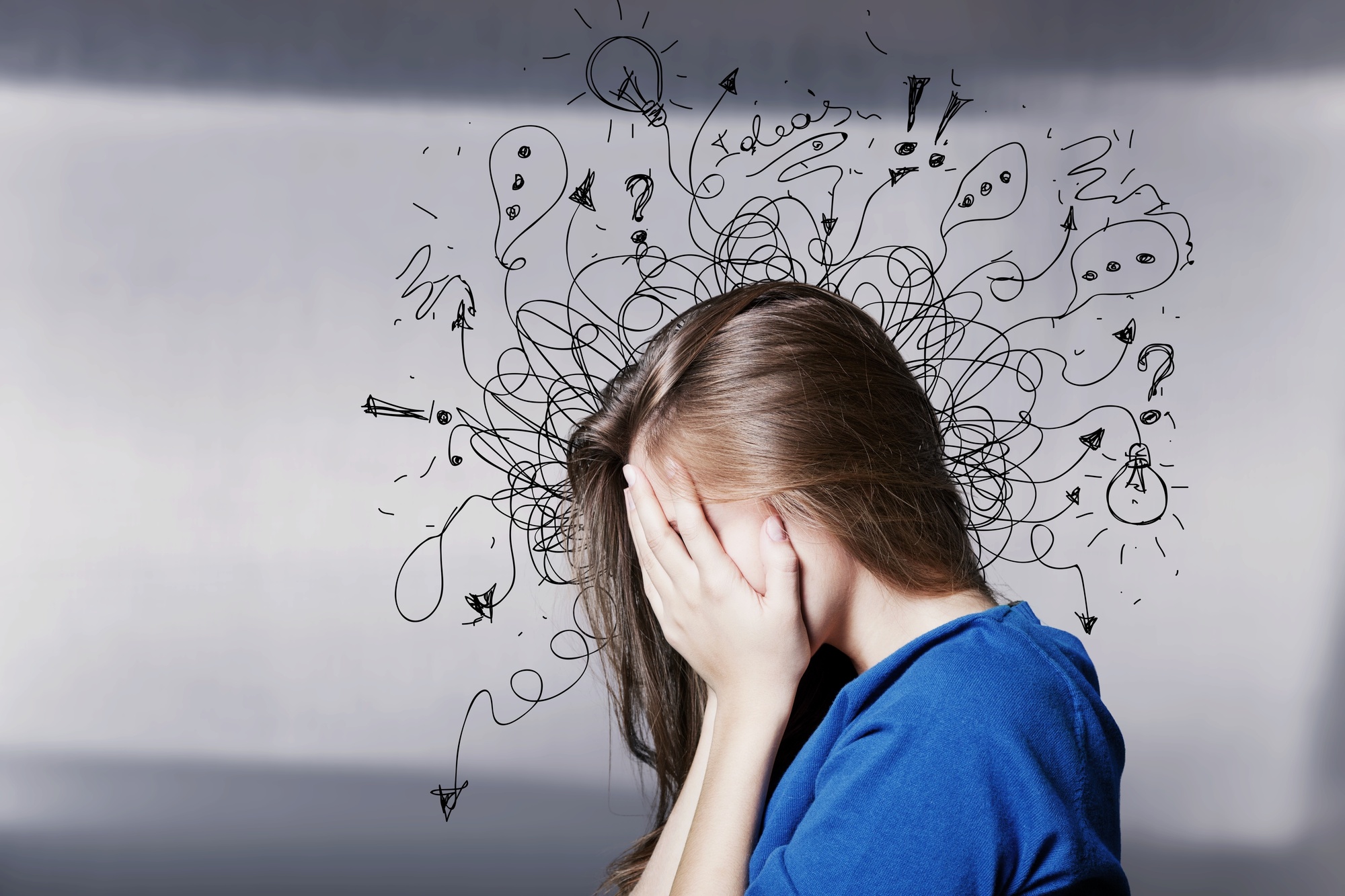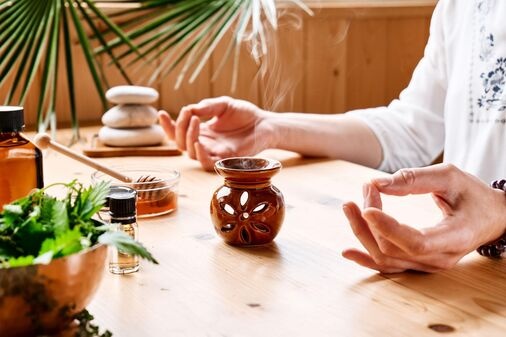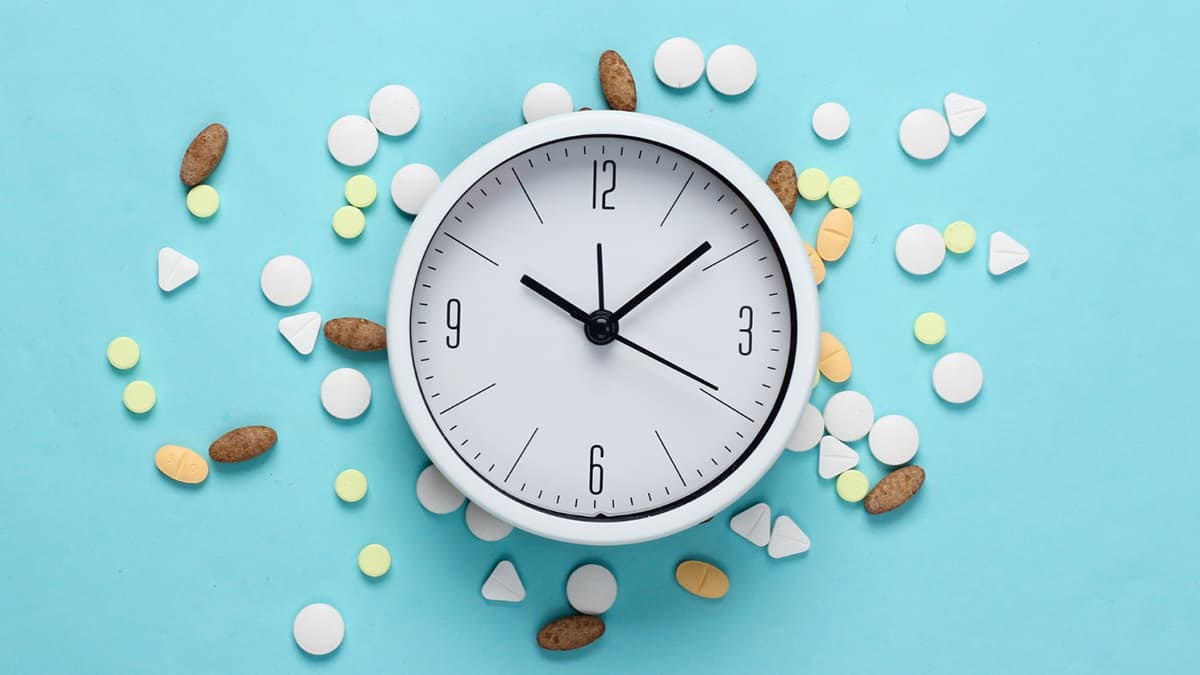Anxiety is a significant issue that affects millions of people globally, impacting their mental, emotional, and physical well-being. If you’re struggling with anxiety, know that you are not alone and there are effective ways to manage it.
This article focuses on providing actionable relaxation techniques designed to offer tangible relief. From deep breathing exercises and quick fixes to seeking professional guidance from a mental health therapist, our aim is to give you a comprehensive guide for reducing anxiety in your everyday life.
1. Breathing Techniques
Deep breathing serves as a cornerstone in the realm of relaxation techniques. It is a scientifically-backed method that promotes relaxation by slowing the heart rate and lowering blood pressure. One of the most effective forms of deep breathing is the 4-7-8 technique, which is both straightforward and easily accessible for anyone.
To perform the 4-7-8 breathing technique, follow these steps:
- Inhale through your nose for 4 seconds.
- Hold your breath for 7 seconds.
- Exhale completely through your mouth for 8 seconds.
Repeat this cycle for four breaths and gradually work your way up to more cycles as you become comfortable. It’s crucial to maintain this sequence because it’s designed to provide optimal physiological benefits.
2. Muscle Relaxation
Progressive muscle relaxation is an established practice that focuses on tensing and relaxing muscle groups sequentially throughout the body. The technique has garnered medical recognition for its efficacy in reducing symptoms of anxiety and stress.
Engaging in this exercise requires no special equipment or environment; it’s adaptable to your needs and can be performed anywhere. Here’s a brief routine to get you started:
- Sit or lie down in a comfortable position.
- Close your eyes and take a few deep breaths to center yourself.
- Begin at your toes, tensing them tightly for 3–5 seconds.
- Release the tension, taking note of the sensation of relaxation.
- Move upwards to your feet and calves, and continue through the body, following the same pattern of tensing and relaxing.
- Finish the routine by tensing and relaxing your facial muscles.
Consistency is key; by incorporating this routine into your daily schedule, you can maximize its calming effects.
3. Mindfulness
Mindfulness is a mental exercise that roots you in the present moment, free from judgments or distractions. Numerous scientific studies affirm its effectiveness in reducing anxiety and promoting overall well-being. Below are steps to help you incorporate mindfulness into your daily routine:
- Select a point of focus—your breath, a mantra, or a physical object. Center your attention fully on this chosen focal point.
- Thoughts and distractions will inevitably arise. The goal isn’t to banish them but rather to observe them without criticism. Acknowledge the thoughts, and then let them pass.
- Whenever you find your mind wandering, gently bring your attention back to the focal point you have selected.
Engaging in mindfulness need not be a time-consuming endeavor. Even brief sessions—lasting as little as a few minutes—can yield significant benefits. However, the key lies in regular practice, transforming these individual moments of clarity into a lifelong habit of mindfulness.
4. Quick Fixes
While systematic relaxation methods are invaluable, there are occasions when immediate stress relief is necessary. For such times, quick fixes can serve as practical tools in your relaxation arsenal.
- Herbal Teas: Sipping on chamomile or lavender tea can calm the nervous system in a matter of minutes. These herbs are renowned for their natural, non-addictive sedative properties.
- Aromatherapy: Scents like lavender and sandalwood can quickly impact mood. A few drops of essential oil on a tissue or in a diffuser can work wonders.
- Temperature Shifts: Sometimes, a cold splash of water on the face or a warm bath can jolt the system, effectively resetting your stress levels.
- Music Therapy: Listening to calming melodies or nature sounds can be an instant mood-lifter. The auditory stimulation helps shift your focus away from anxiety-inducing thoughts.
These rapid techniques can offer a way to temporarily alleviate anxiety when time is of the essence. They are particularly useful for acute situations and can be combined with longer-term methods for a comprehensive approach to stress management.

5. Consult Professionals
While self-administered techniques can be highly effective for managing everyday stress and mild anxiety, they are not a replacement for specialized care in more severe cases. If you find your symptoms persistent, escalating, or interfering significantly with your daily activities, it may be time to seek professional guidance. Professionals can provide a diagnostic evaluation and a personalized treatment plan that may include medication, specialized therapies, or a combination of both.
In Summary
In a world where stress and anxiety can easily permeate various facets of our lives, mastering the art of relaxation becomes a skill of paramount importance. This article has offered a variety of actionable techniques, all aimed at equipping you with practical tools for immediate and long-term relief.
While self-care methods have their merits, remember that persistent or severe symptoms necessitate professional intervention. The most effective approach to managing anxiety is often a comprehensive one, blending self-help strategies with expert guidance.
Take proactive steps today; your path to a more relaxed and fulfilling life is not only possible but well within reach.








Leave a Reply
You must be logged in to post a comment.